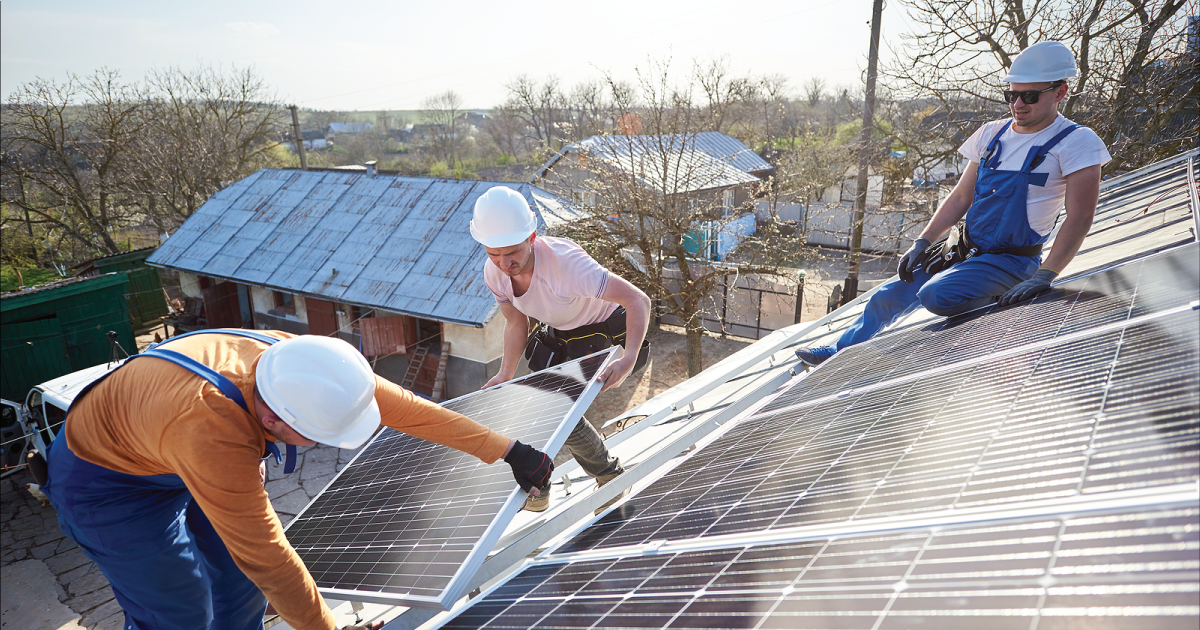
For the Housing Market’s Greenest Buyers, ‘Earthships’ Are Taking Off
Long dismissed as hippie havens, off-grid communities are getting a fresh look as wasteful construction practices come under scrutiny.
April 1, 2023 | Source: Reasons to be Cheerful | by Michaela Haas
Long dismissed as hippie havens, off-grid communities are getting a fresh look as wasteful construction practices come under scrutiny.
Once you’ve crossed the massive steel bridge over the Rio Grande northwest of Taos in New Mexico, earth-colored domes arch out of the prairie. Did giant moles burrow fancy dungeons into the vast plains and decorate the mounds with green and red turrets for fun?
”You could think aliens landed,” even the founder of the housing settlement, Michael Reynolds, admits. “I guess that’s my responsibility.”
The 77-year-old architect and founder of Biotecture Enterprise has been experimenting here for more than 50 years with constructing earthships, self-sufficient off-grid houses that harvest their own electricity, water and heat.
The floor-to-ceiling windows in the earthship where we meet all face south to catch the sun’s heat, which warms the 1,800-square-foot house for free. When you enter the house through one of the artfully crafted massive wood doors, an earthy smell and tropical air linger — behind the windows grow banana and fig trees, tomatoes, kale, potatoes and roses. The greenhouse serves as a humid, warm buffer zone between the living area and the cold desert outside. “We build according to six principles,” Reynolds sums up his philosophy. “Passive thermal heating and cooling, power from the sun and wind, contained sewage treatment, building with recycled and natural materials, harvesting rainwater, and growing your own food.” These principles also explain why the architect with the gray tousle-head calls them earthships: Just like on a ship, the inhabitants have almost everything they need, independent of their surroundings.
